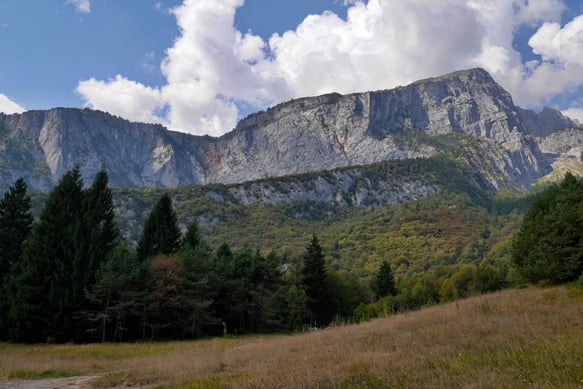Molveno, Trentino-Alto Adige, Italy
The Brenta Dolomites, WW1 trenches plus a lake with a plug hole
ITALYTRENTOTRAVEL
10/15/20244 min read
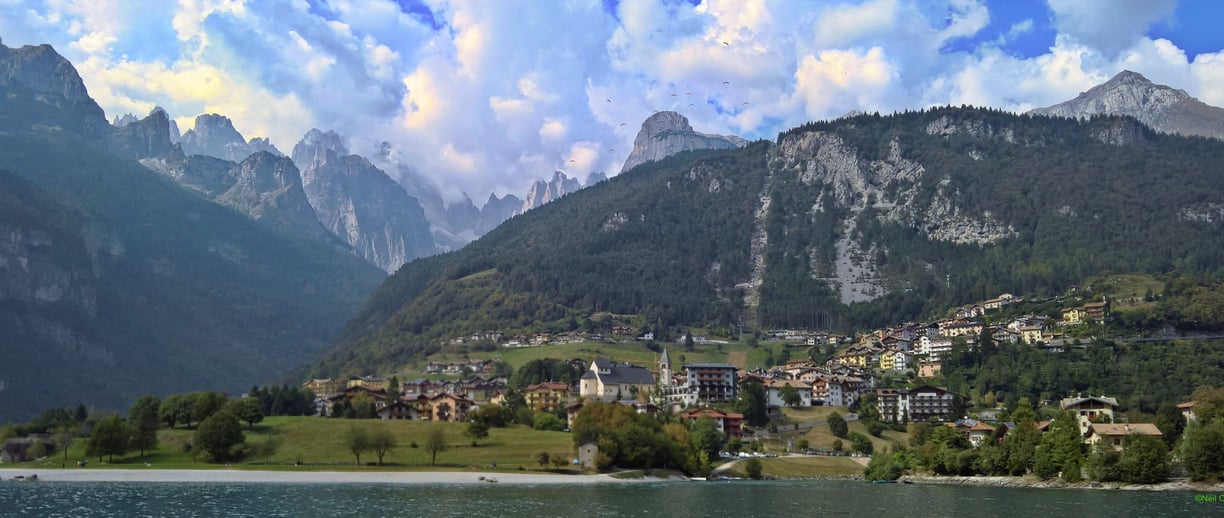

Molveno viewed from East shore of Lake Molveno. Sept 2016
We visited Molveno in September 2016, we chose it because we love Italy, love places with mountains (especially if they have interesting geology) and love places far from 'the madding crowd'.
The town nestles at the foot of the Brenta Dolomite mountains on the shores of Lake Molveno. Getting there is really only possible by car, so we hired one at Bergamo Airport and drove up through the foothills by way of Lake Garda (NB Driving in Italy can be 'interesting' but once you understand that they are not actually trying to kill you it gets easier).
We hired a self catering apartment, the rates outside the skiing season (especially in late Spring and early Autumn) are very reasonable.
The town in Winter is a ski resort, outside the skiing season it is a mecca for outdoor types and caters for walkers, mountaineers, cyclists, mountain bikers, paragliders - basically anybody who wants to be outdoors in a stunning location. It has a bustle about it but without the crowds you find in the better known tourist hot spots
It is definitely Italian but there is a distinct Germanic overlay (more about that later) in both the architecture and the Italian spoken there.
Suffice it to say we absolutely loved being there.
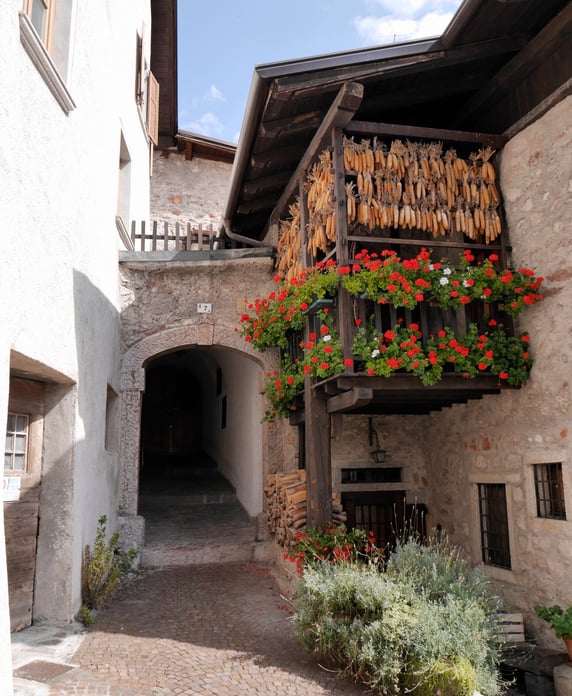

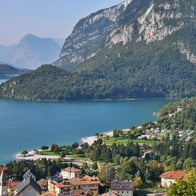
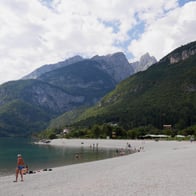
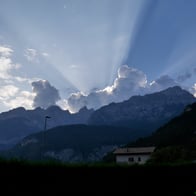
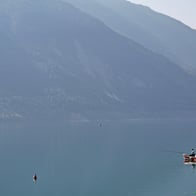
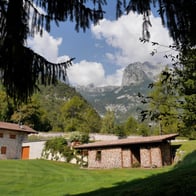
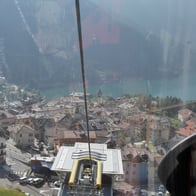
In and around Molveno.
(Click images to enlarge)
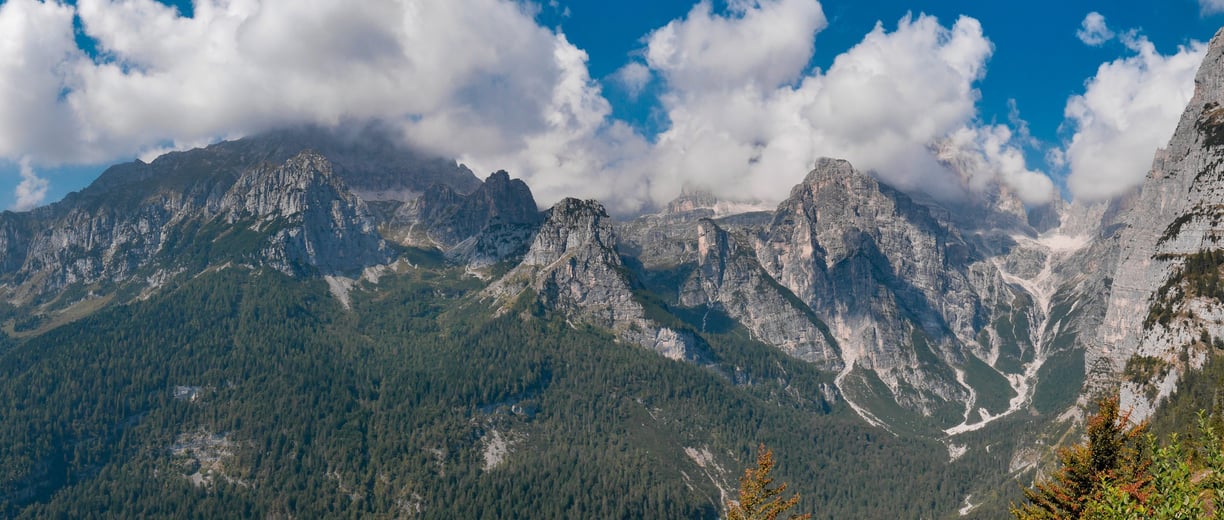

The Brenta Dolomite Mountains
The Brenta Dolomite Mountains are the most Western of the Dolomites. The jagged peaks are made from Hard Dolomite and Hard Compacted Dolomite (which has a high magnesium content) with the surrounding lower slopes being made of softer calcareous Limestone.
The Hard Dolomite was laid down in the Mesozoic era (200 million years ago) at the bottom of the Tethys Sea, the Hard Compact Dolomite was added during the Upper Triassic period and the Limestone was laid down during the Late Triassic and Early Jurassic periods.
The three layers were pushed up during the Eocene (from roughly 66 million years ago) by the same tectonic activity which lead to the formation of the Alps - this was caused by the African, Arabian and Indian tectonic plates drifting North and colliding with the the Eurasian continental plate.
Subsequent erosion by immense glaciation. glacial run off and weathering have worn away the softer limestone to create the sharp jagged peaks that are a feature of these mountains.
Walking in the Brenta Dolomites
Click images to enlarge
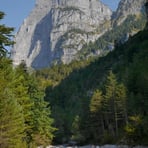
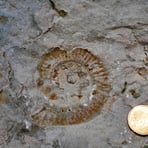
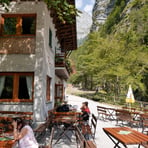
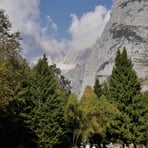
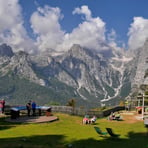
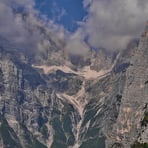
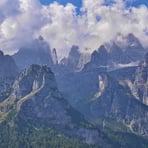
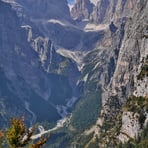
WW1 Austrian Trenches
This part of modern day Italy had been influenced for centuries by Austria. In 1714, at the end of the Wars of the Spanish Succession Austria gained control of large parts of Northern Italy and remained (more or less) in control until it was defeated at the end of the First World War.
The fortifications on the banks of Lake Molveno were originally built during the Napoleonic Wars. In 1914 the Austrians renovated and enlarged the fortifications in order to house about 400 soldiers plus artillery (7 small cannons) as part of their second line of defence.
Fortunately these fortifications were never involved in the fierce fighting that took place in the Mountains of Northern Italy. During the course of the fighting nearly 250,000 Italian soldiers were killed, on the Austrian side over 150,000 soldiers died.
As the snow line retreats because of Climate change remnants of the fighting are still being discovered in the more Eastern Dolomite ranges.
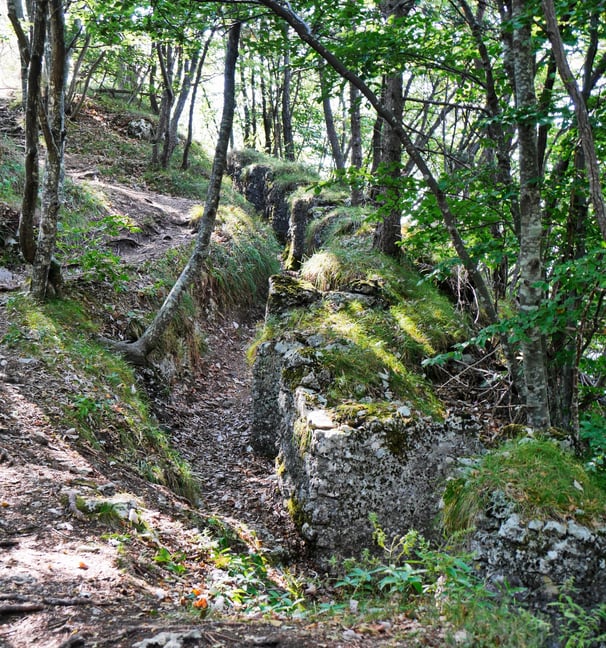

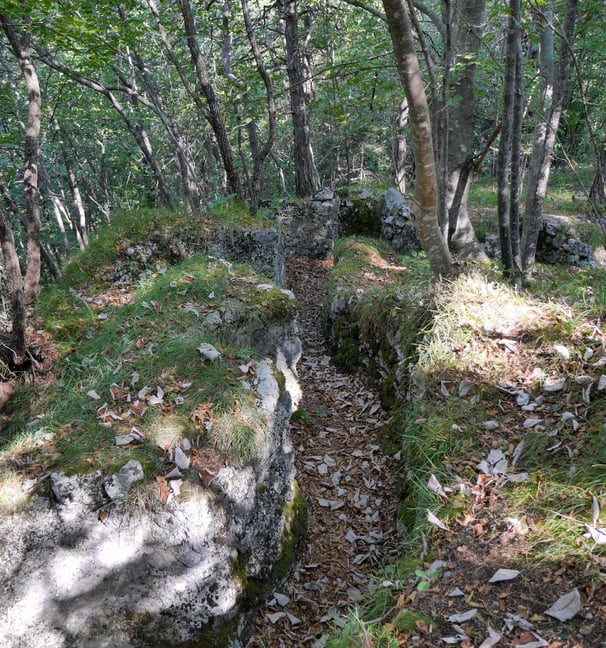

A Lake with a Plug Hole
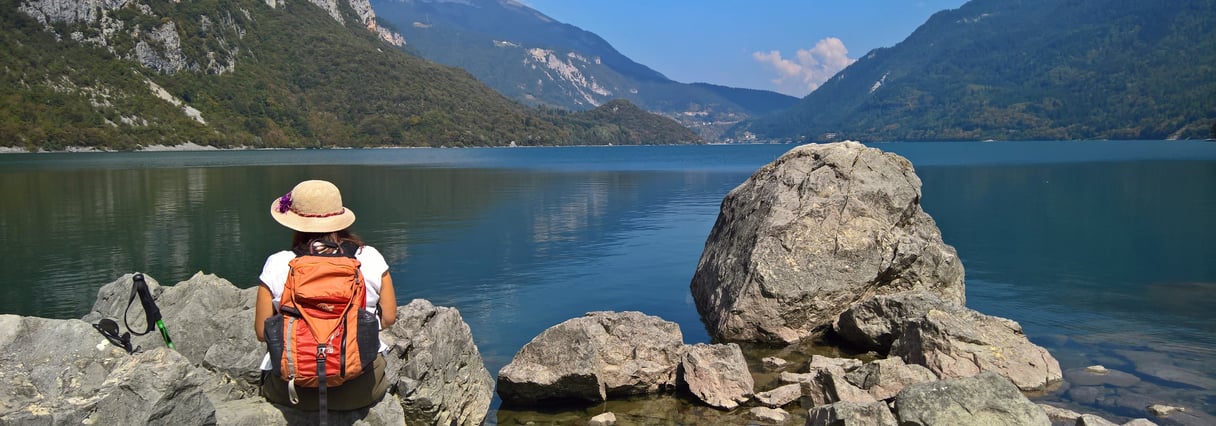

During the last Ice Age the valley where Lake Molveno sits was filled by a glacier. Around 3000 years ago, following the retreat of the ice, an estimated 200 million cubic meters of rock slipped from the Eastern side of the valley effectively damming it and leading to the creation of the lake.
In the late 1940s and 1950s over 60Km of tunnels were built under the mountains to the East and the West of Lake Molveno as part of a massive hydro electric scheme. The water from the West pours into Lake Molveno, from the bottom of the lake the water then travels East under Mount Gazza to the Santa Massenza hydro plant in the Adige Valley near Trento.
As part of this scheme the lake was partially drained in order to install a plug hole (complete with remotely operated plug) which controls the water levels and allows inspection of the tunnel.
Picture: The landslip that created Lake Molveno.
